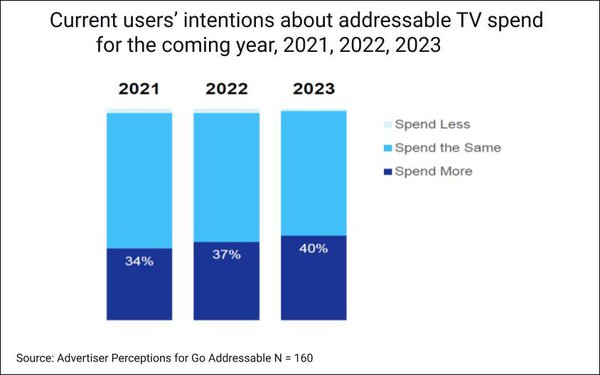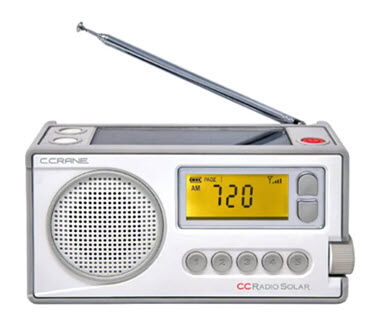How does what your local-direct client's advertising and brand fare with their current customers as well as potential new consumers? Philip Jay LeNoble, Ph.D.
For Marketers, 2024 Will Be the Year Of 'Premiumization,' Retail Media
- by Sarah Mahoney @mahoney_sarah, Yesterday
 The article below speaks to a new word called premiumization...which means: Premiumization is simply a means of getting customers to pay higher prices for a brand or product. It's about stretching the category norms upwards and creating a demand for customers to pay higher category prices.
The article below speaks to a new word called premiumization...which means: Premiumization is simply a means of getting customers to pay higher prices for a brand or product. It's about stretching the category norms upwards and creating a demand for customers to pay higher category prices.Taylor Swift is rocking the premiumization trend. Credit: vivid Seats
‘Tis the season for annual marketing predictions, and Kantar is one of the first out of the gate this year. The insights company cites 10 trends it believes will shape marketing in the months ahead, led by the predictable nod to AI, new ways to look at potentially polarizing brand messages and a more significant push to include sustainability metrics in KPIs.
The retail ad business also looms large, and is an essential channel for engaging shoppers, says Jed Meyer, senior vice president of Kantar’s media solutions.
“The growth is unbelievable,” he tells Marketing Daily. But despite the stampede, retail brands still have much to do to differentiate themselves and prove their effectiveness to advertisers. “Right now, a lot of them are similar. Retailers say, 'Hey, our data is great’ and 'Hey, our technology is great.’ But all brands care about is whether these networks help them reach their customers. They need to know why they should choose one retail network over another.”
J. Walker Smith, Kantar’s chief knowledge officer and co-author of the report, believes “premiumization” will continue to grow, reshaping how marketers combat trends like private-label growth and inflation. “Going forward, brands will continue to struggle with the mix of price relative to value,” he tells Marketing Daily.
Due to inflation, topline growth in the last three years has been primarily fueled by price increases rather than volume sales. “That’s well and good as long as the money lasts. But consumers are more financially fragile, so price increases will be harder to pass along unless they prove real value and benefit.”
His favorite example is Taylor Swift, who commands sellout sales at high prices. “People are scrimping on everything else to go to her concerts,” he says. “It’s quite similar to the success of the iPhone in 2007 through 2010. We had the worst financial crisis since the Great Depression, yet people still lined up to buy that product.”
In Kantar BrandZ 2023 rankings, 52% of brands achieved top tier in strategic pricing, up from 42% in 2020. In 2024, marketers will lean into pricing management to ensure that price and value align.
That changing sense of value and differentiation plays into another Kantar prediction: the continued rise of challenger brands. “With one in two global shoppers preferring to buy smaller brands where possible, we will see these continue to succeed,” the report says. “Large brands need to work on agility, speed to market, consumer-centricity and data-driven decision-making to keep pace.”
Other trends include a stepped-up battle for attention and emotions. While 62% of marketers prefer using blunt behavioral metrics such as view time, Kantar forecasts more significant increases in AI-based attention predictions.












